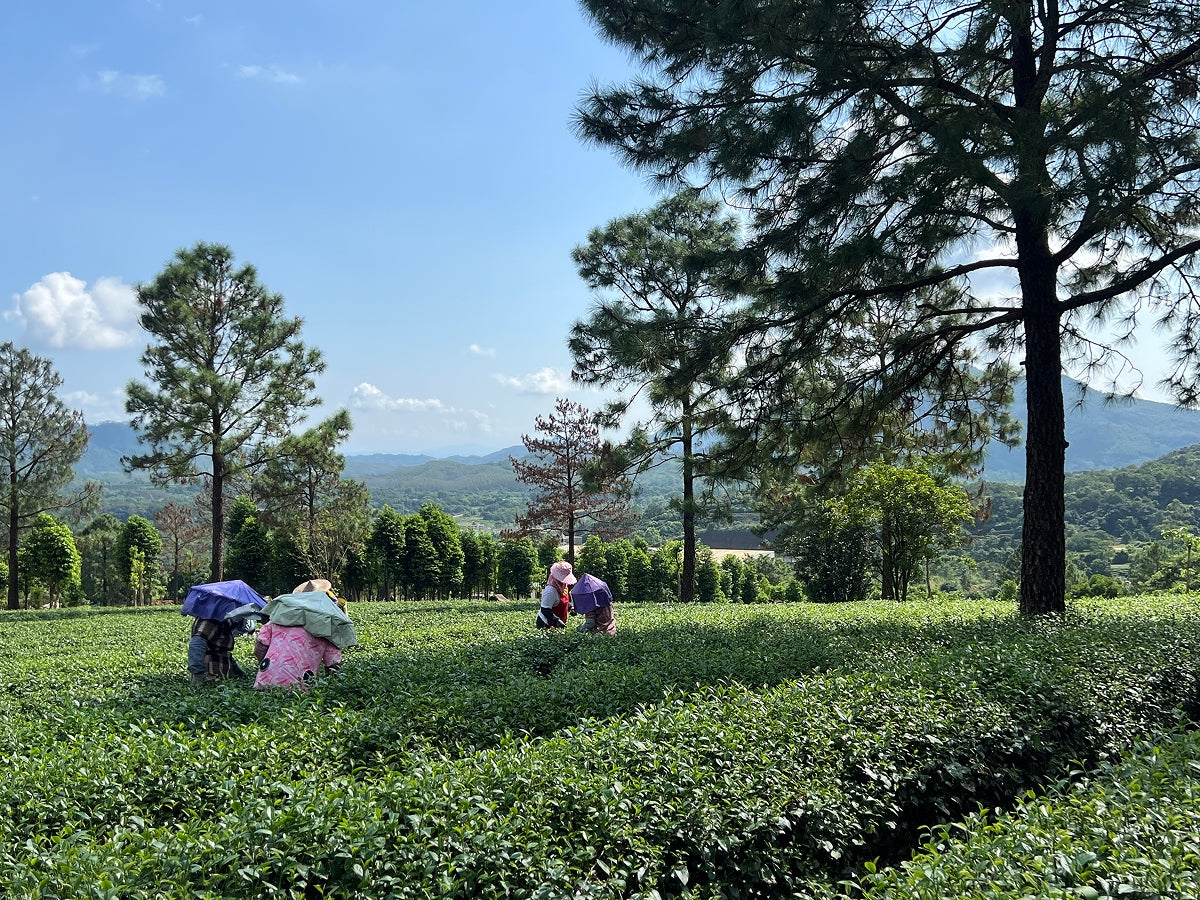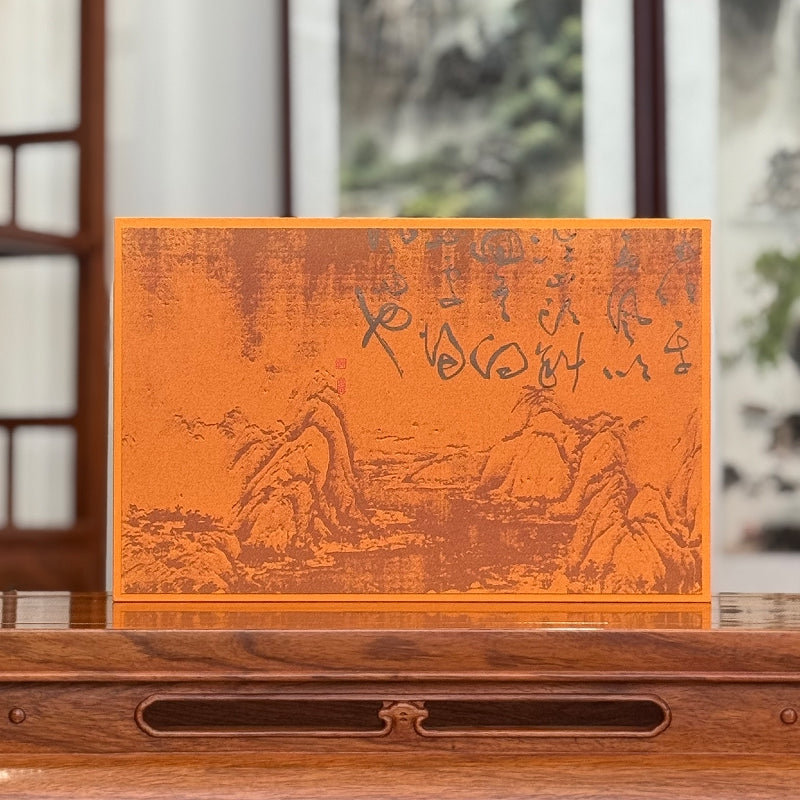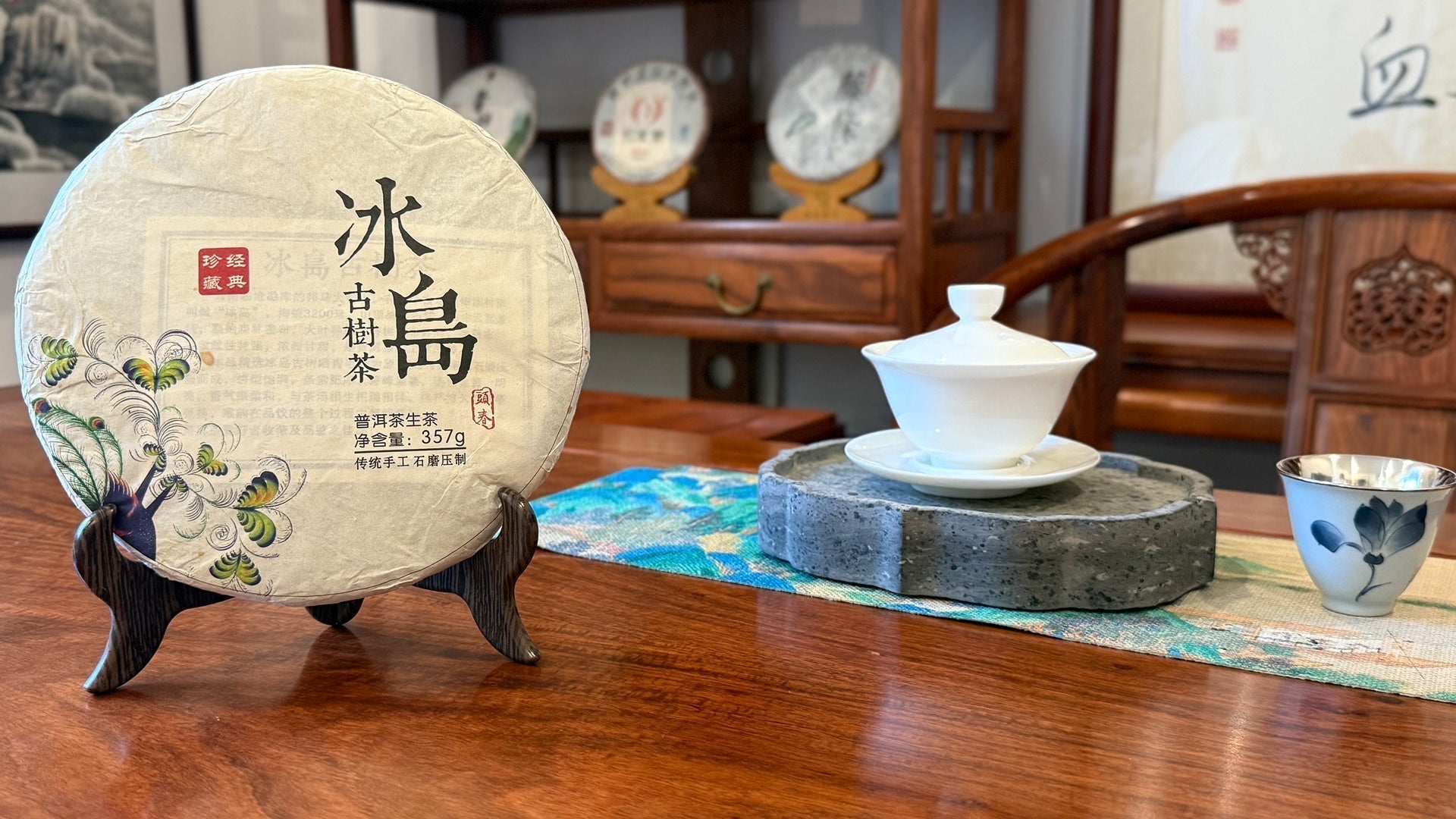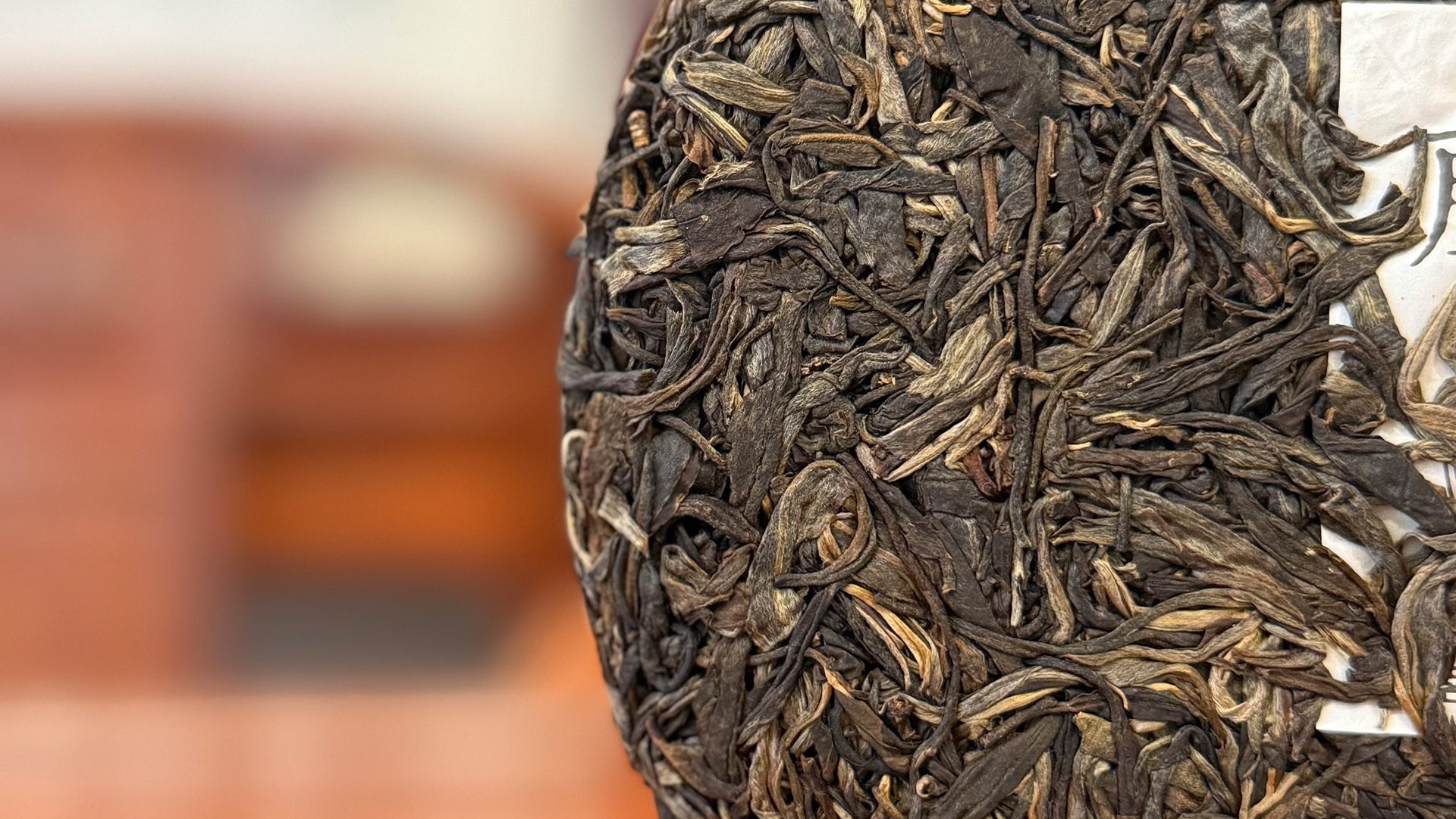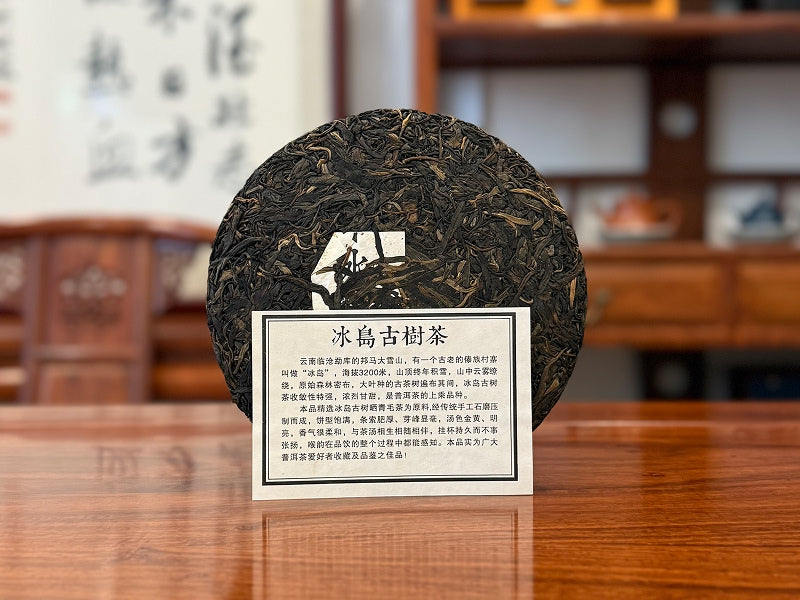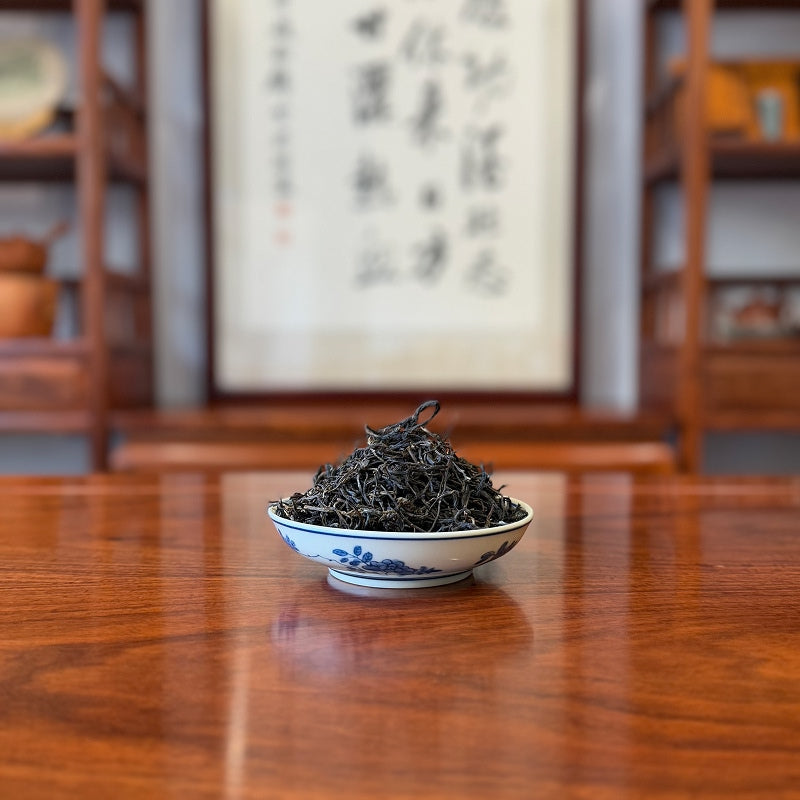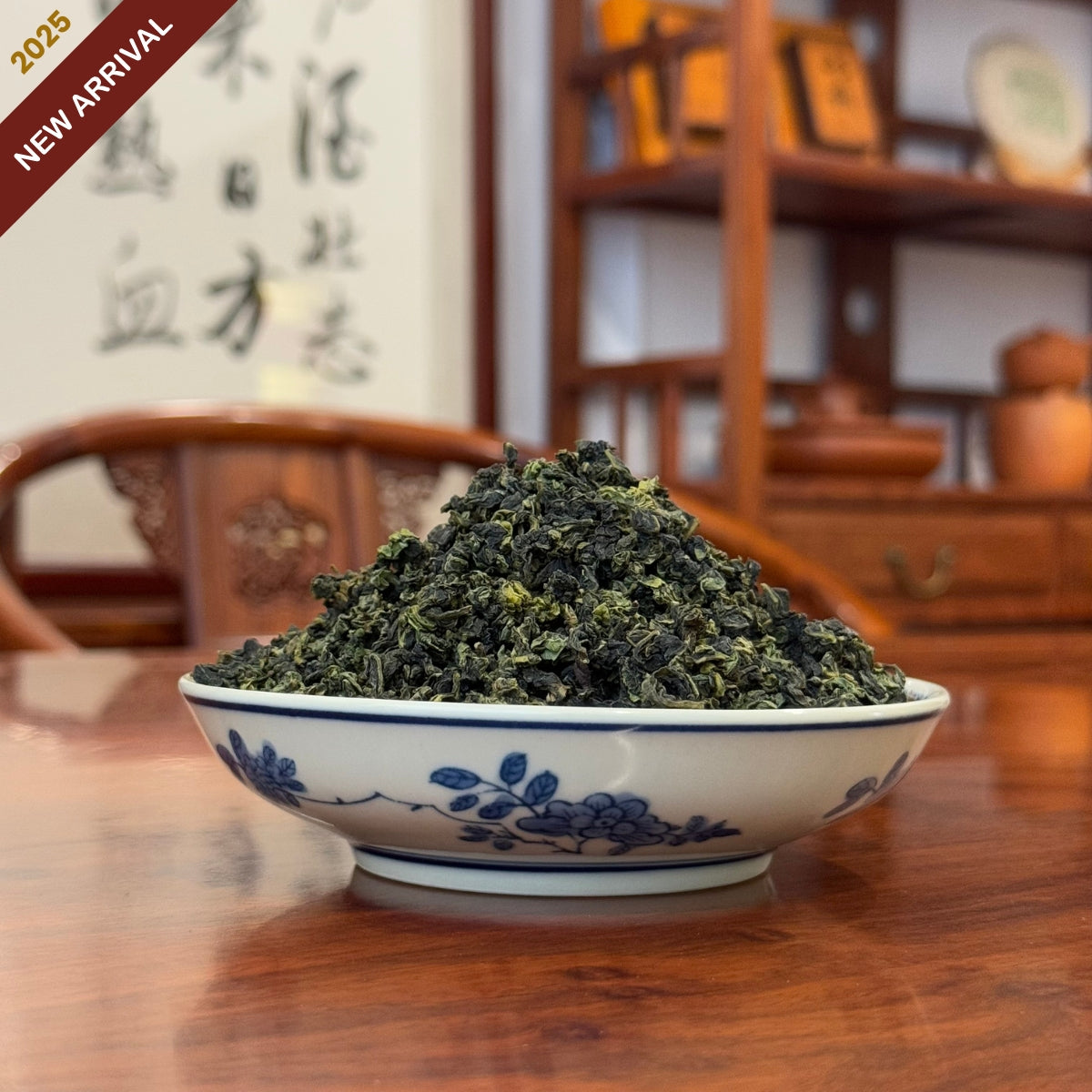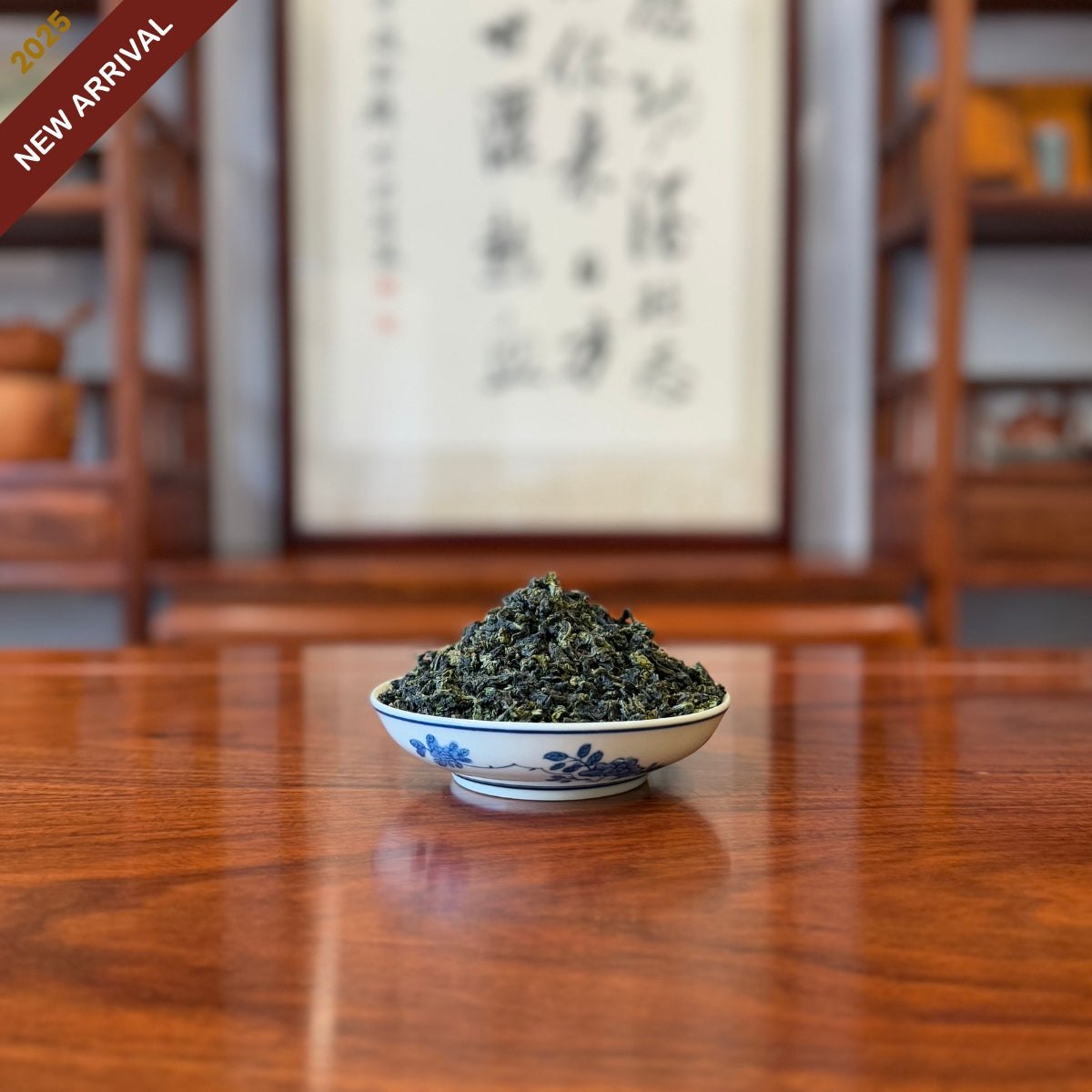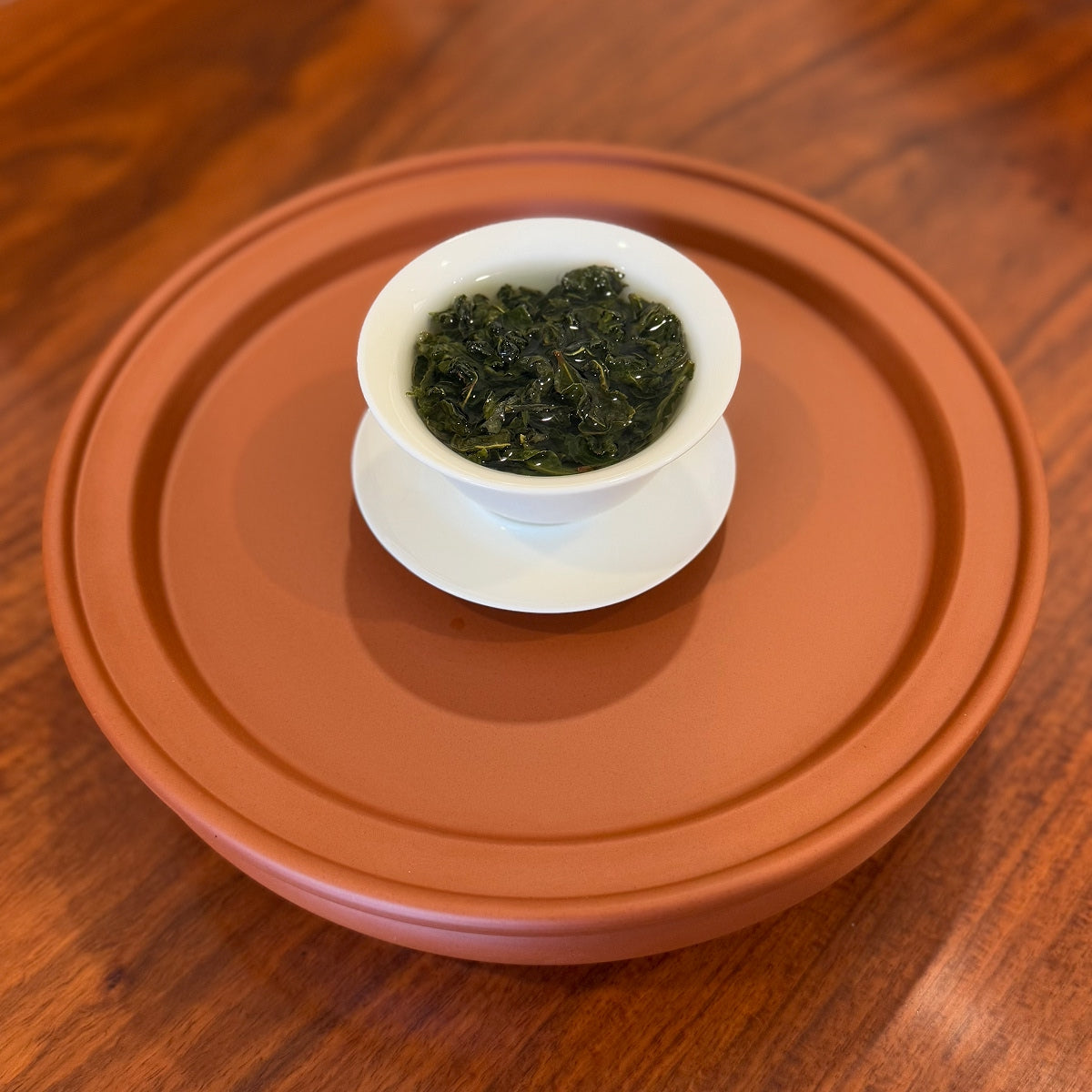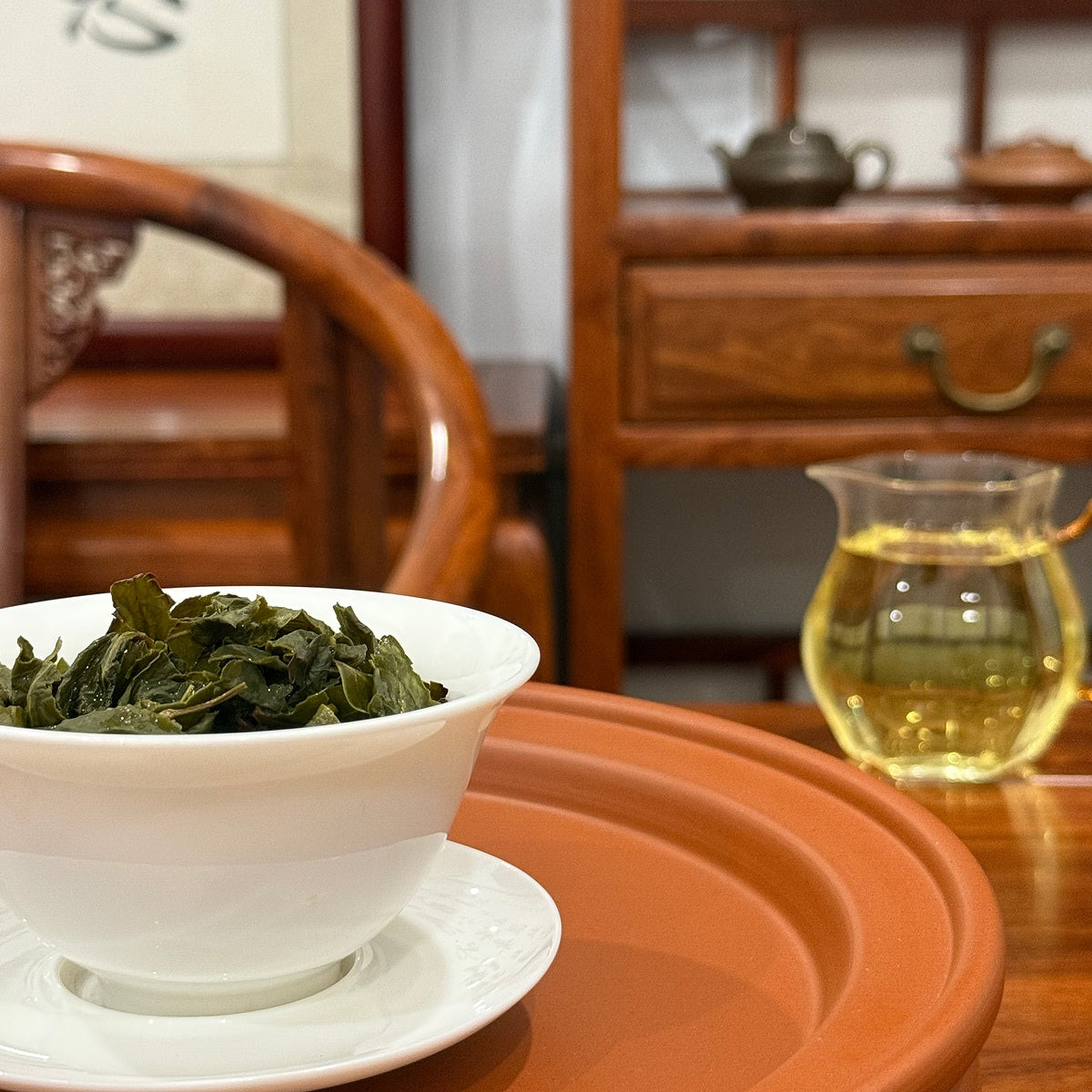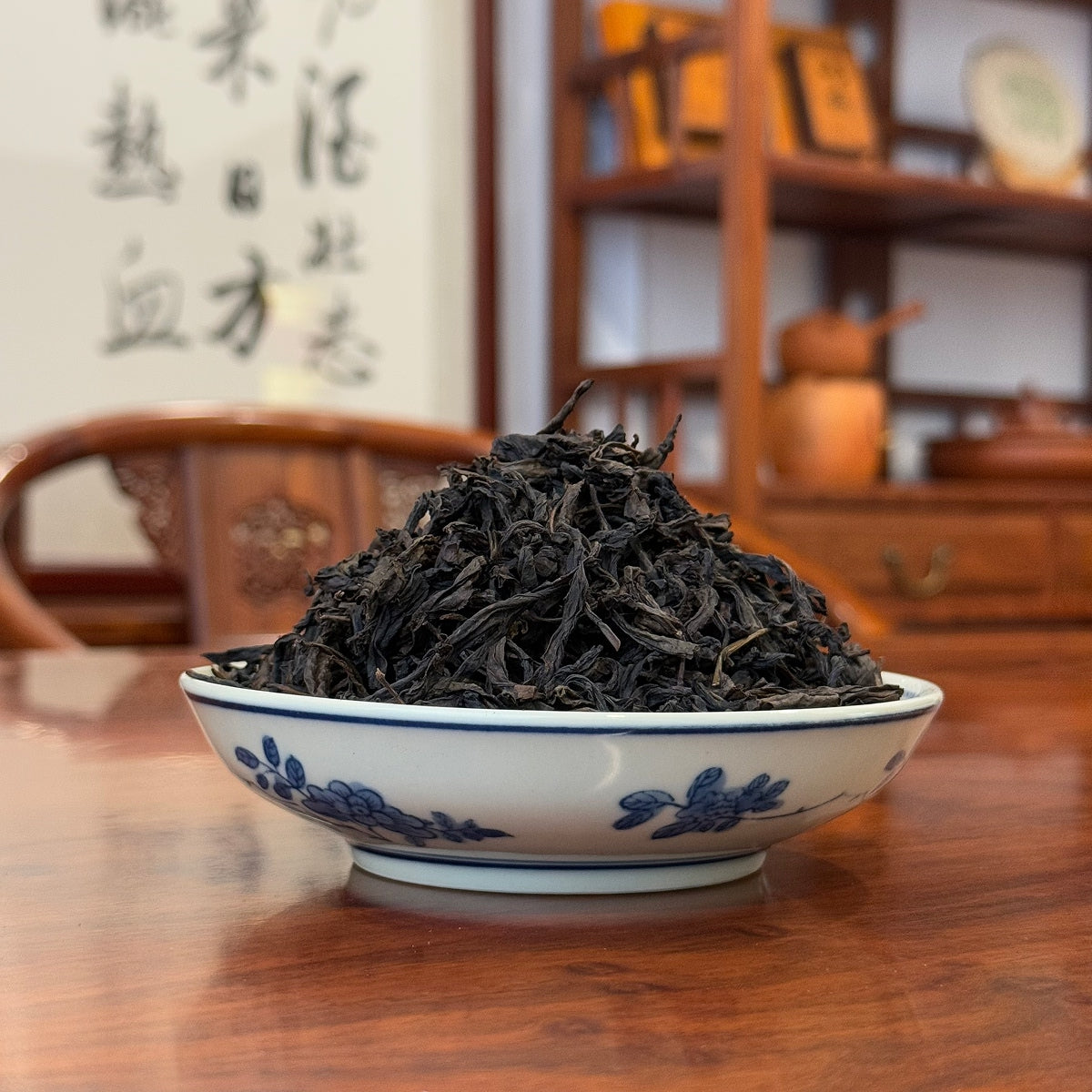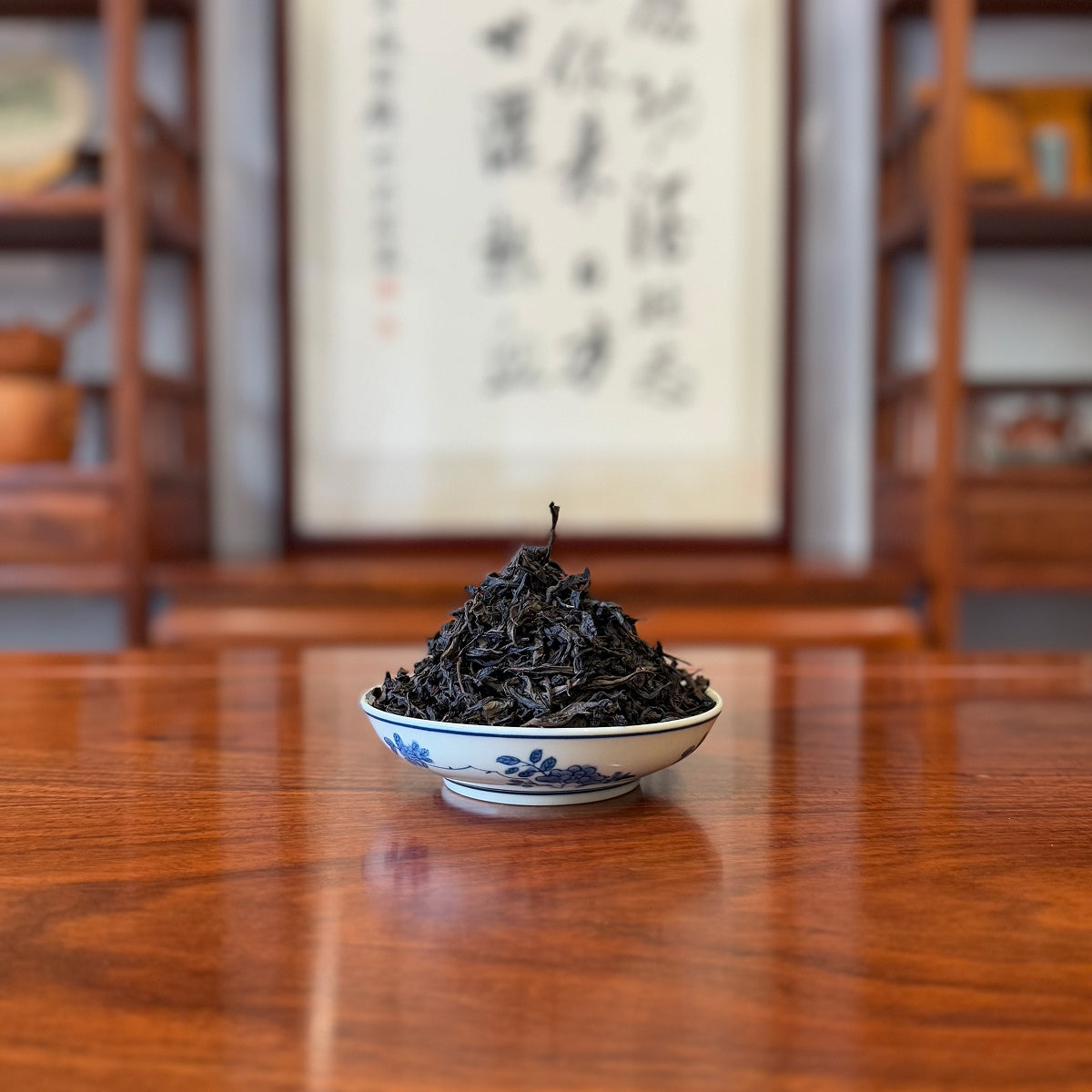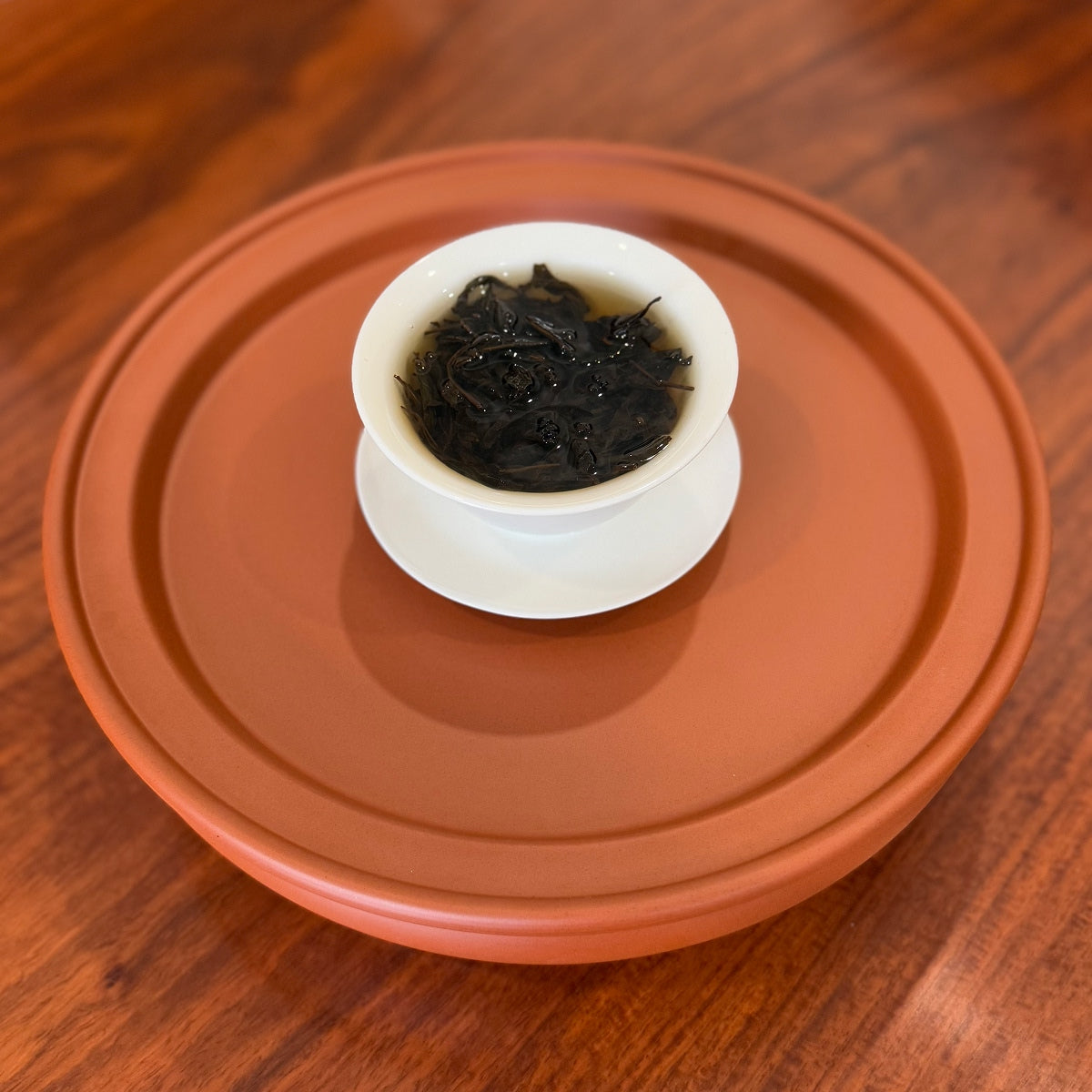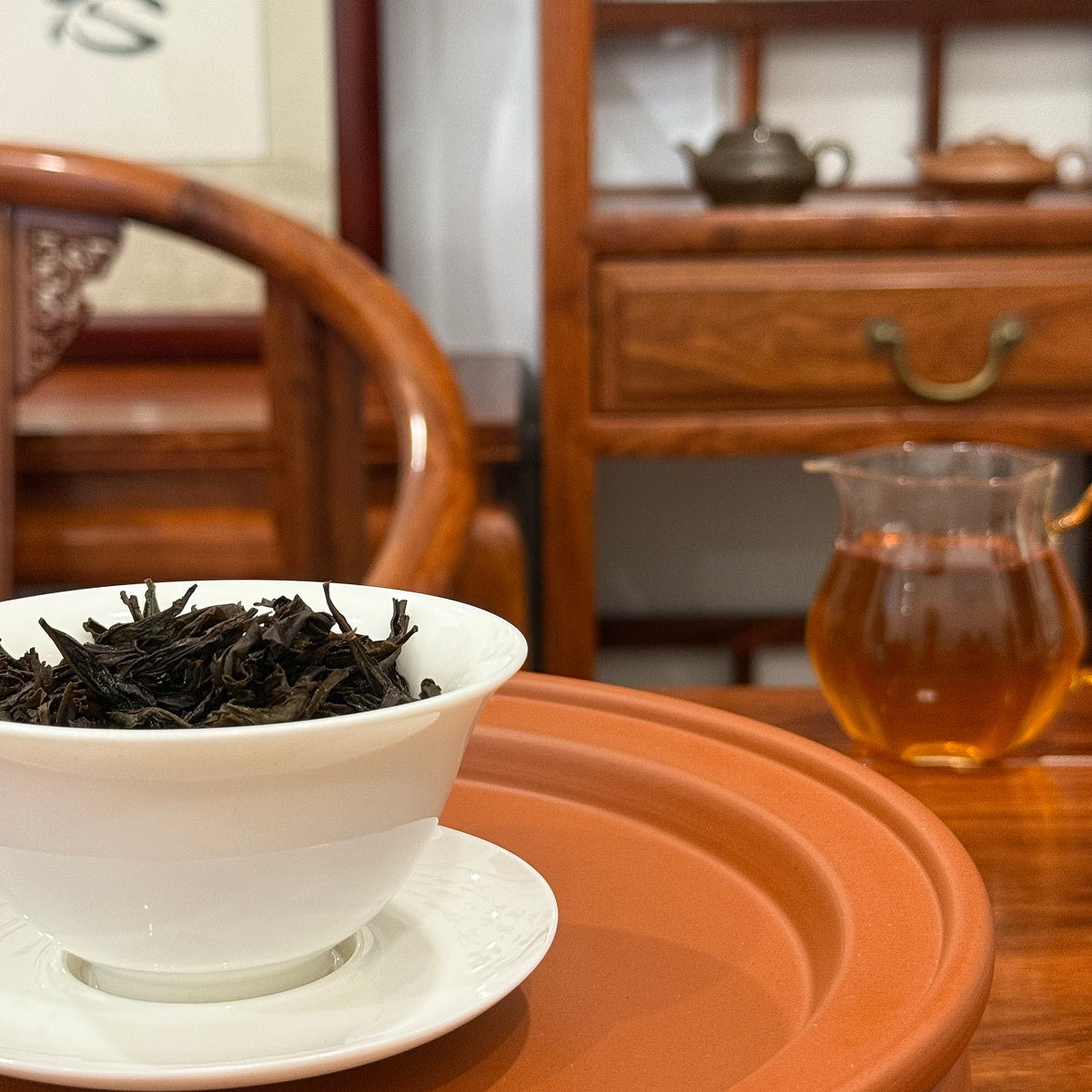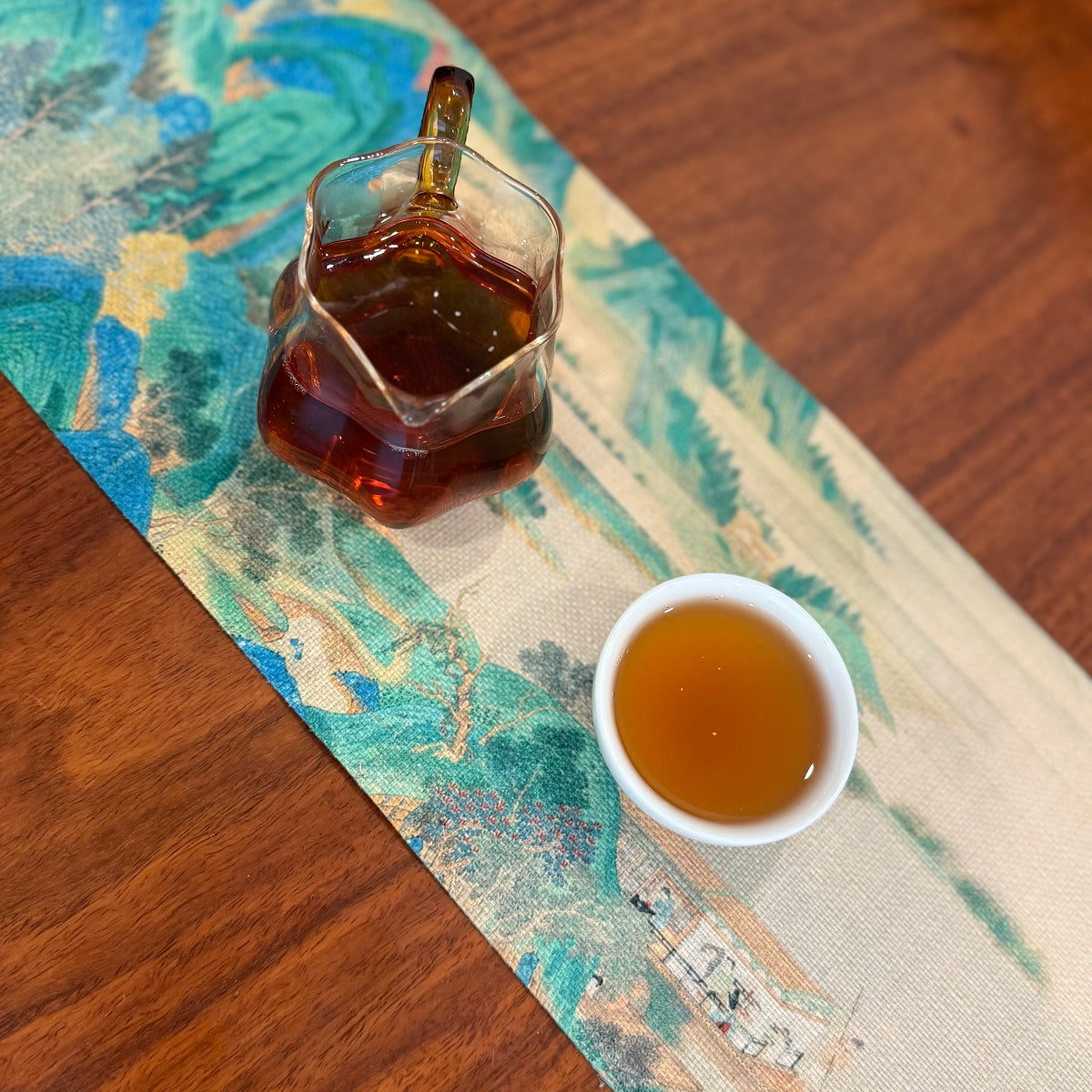
In our previous blog, 2018 Bingdao Raw Pu’er Tea Cake: Early Spring Ancient Trees from Mengku, we introduced premium Pu’er tea (also commonly spelled Puerh) from the renowned Bingdao village in Menghai, Yunnan, highlighting the unique allure of Bingdao Pu’er, also known locally as “Iceland Puerh Tea.”
We also explored the origin and traditional craftsmanship behind the 2018 “Bingdao” Ancient Tree Raw Pu’er Tea Cake.
In this guide, we turn our focus to this naturally aged Pu’er tea cake, often referred to as lao puer cha. We will examine its appearance, brewing techniques, and tasting experience—helping you fully appreciate its distinctive value.
Appearance of the Aged Pu’er Tea Cake

The tea cake has undergone a slow transformation in a clean storage environment. The outer paper wrapper may show yellow spots — natural aging spots caused by compounds from inside the tea cake seeping through the paper over time. These spots become more noticeable as the tea ages, representing a normal characteristic of Pu’er tea maturation.

Upon unwrapping, the dry tea surface is rounded, with clearly defined strips that are plump and covered with fine hairs. The fresh tea’s dark green and glossy surface gradually transforms into a mix of yellow-brown and green hues, while the white hairs turn golden. The aroma is steady, with subtle dried honey notes and a hint of aged complexity.
Preparing the Tea: Warming and Rinsing

- Measure 8 g of dry tea and place it on a tea scoop.
- Warm your gongfu tea set with boiling water: white porcelain gaiwan, glass fairness cup, and tasting cups, bringing the temperature to around 60°C (140°F).
- Transfer the dry tea into the warmed gaiwan. The residual heat helps release the dry tea aroma before brewing.
- Break off small chunks from the tea cake and perform a rinsing steep using boiling water for 15 seconds.
Note: Since this is compressed tea, the rinsing time should be slightly longer than the first five formal brews to allow the tea chunks to loosen and release their aroma.
Brewing Instructions: First Five Infusions

Discard the rinse water and begin the formal brewing. For the 2018 Bing Dao Lao Puer Cha, steep each of the first five infusions for about 10 seconds before transferring the tea to the fairness cup.
- The tea liquor displays an amber color, full and round, with a subtle fruity aroma.
- Poured into a tasting cup, the liquor is delicate and smooth, with a sweet, expansive taste and a refreshing, gentle coolness.
From the third infusion onward, the liquor darkens slightly, the tea strips have fully unfurled, and the flavor is richly floral and honeyed. A gentle sniff reveals a stable honey aroma lingering in the cup. Fresh orchid notes of young tea gradually settle into a rich honey sweetness during the aging process.
Mid-Stage Infusions: Fourth to Eighth Brew

During infusions 4–8, the tea shows complex flavor evolution. The amber liquor emits a captivating mature fruit sweetness, velvety and smooth like rice soup, flowing gently down the throat. The fruity aroma layers progressively with each infusion, reflecting the superior transformation of these early spring Bingdao trees.
The tea energy is gentle yet robust, leaving a satisfying, comforting sensation throughout the body.
Late Infusions: Ninth to Fifteenth Brew

- 9th infusion: steep for 15 seconds; the flavor and aroma remain at their peak.
- 10th infusion: the tea body slightly lightens, but the sweetness becomes more pronounced, offering a lighter yet mellow flavor.
- 11th–15th infusions: steep for around 20 seconds. The liquor turns a bright golden hue. While lighter, the infusion remains sweet, with a clean orchid base note and refreshing smoothness.
At this stage, the depth of the Bingdao Ancient Tree Pu’er Tea is fully revealed. Even after 10–20 brews, the tea continues to yield sweet infusions, showcasing the refined mid-stage character of aged Pu’er tea — having lost the sharpness of young tea, it reveals a rich honeyed profile and a lingering aftertaste.
Tips for Brewing Aged Pu’er Tea

Throughout the brewing process, always use boiling water (100 °C / 212 °F)—a fundamental requirement for Pu’er tea. Adjusting tea-to-water ratio and steeping time allows you to control the flavor according to personal preference.
As a tea practitioner, the brewing times and proportions I provide are based on the preferences of most tea enthusiasts and are for reference only. The “standard” for brewing Pu’er tea is ultimately the one that suits your taste best.
Explore More Bingdao Pu’er Tea

To experience the full charm of Bingdao Pu’er Tea / Iceland Puerh Tea, explore the Pu’er Tea Collection from Chinese Tea Group. Discover a variety of aged tea cakes from different years and enjoy premium teas delivered directly from the source to your cup.

